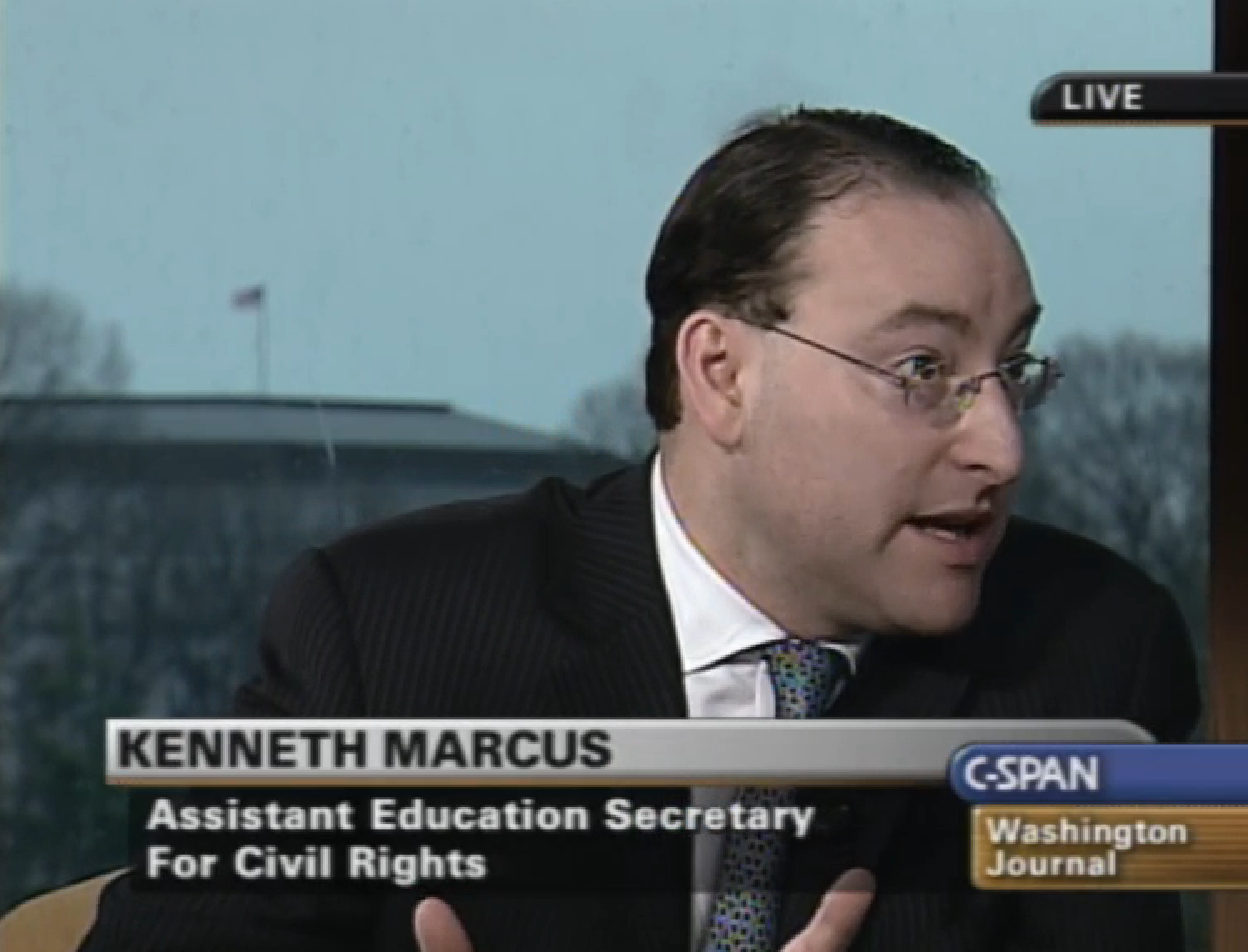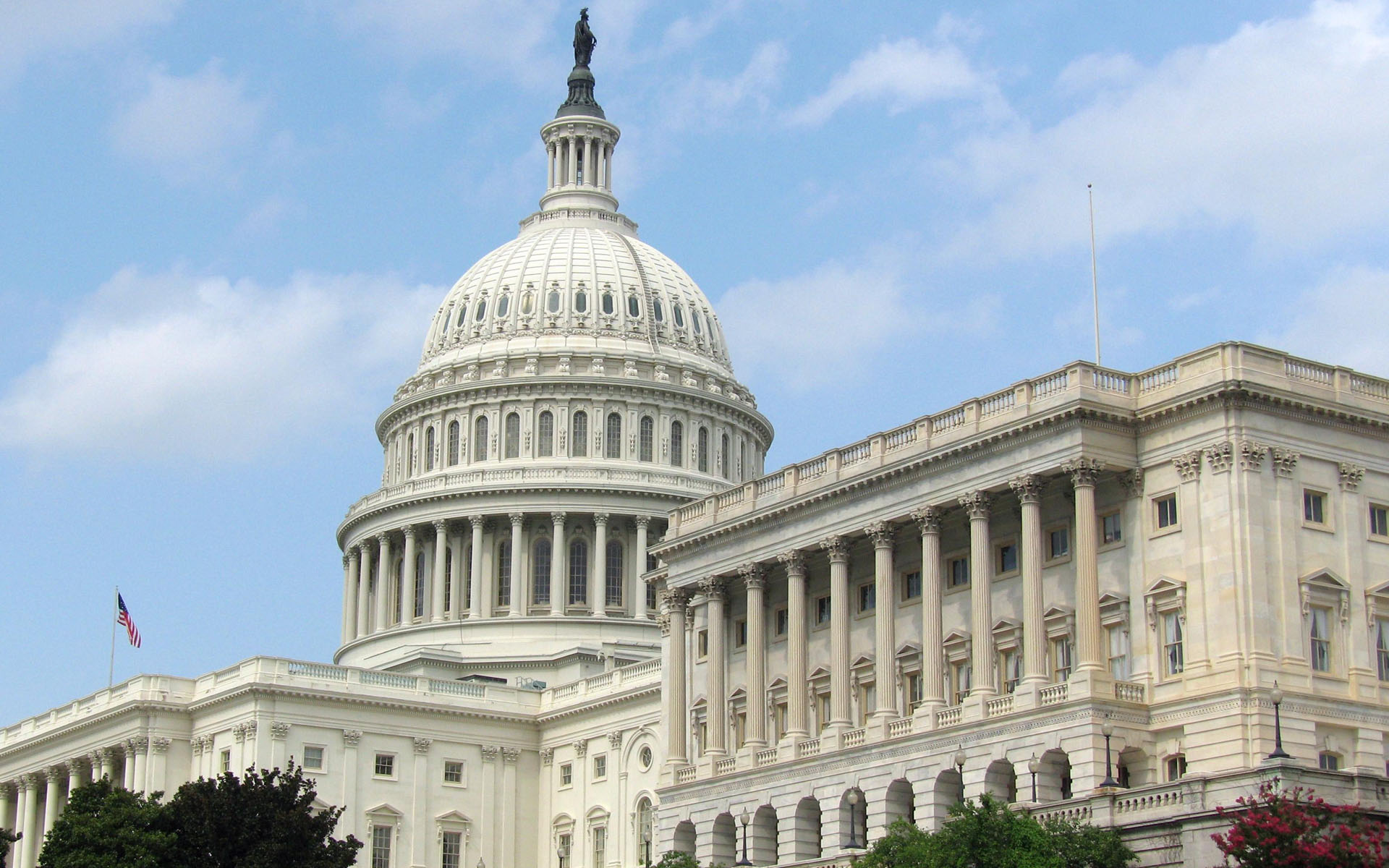Abortion rights, women of color, and LGBTQI+ people are under attack. Pledge to join us in fighting for gender justice.
Trump Wants to Turn Back the Clock on Equality in Education. Don’t Let Him.

 Another day, another Trump policy attempting to turn back the clock on the civil rights of women, girls, and other people of color.
Another day, another Trump policy attempting to turn back the clock on the civil rights of women, girls, and other people of color.
Today the Trump Administration withdrew Obama-era guidance that had encouraged universities to dismantle decades of institutional racism on their campuses by using race as one factor in admissions decisions. The Trump Administration’s latest move is yet another reminder that Trump would rather return us to the days when girls and other people of color had limited educational opportunities.
But no matter what Trump and his cronies say, getting rid of the Obama Administration affirmative action guidance doesn’t change the law. Nor does it alter the decades and decades of Supreme Court precedent clearly establishing both the legitimacy and vital importance of affirmative action in our schools.
Affirmative action helps everyone. Indeed, no one has benefited more from affirmative action than white women, like me. Since affirmative action programs were implemented, white women’s participation in higher education has skyrocketed. And, according to the AAUW, the percentage of women physicians has tripled since the 1970s, and the percentage of women with STEM degrees likewise increased substantially.
Integrated schools have better learning outcomes for all students. Numerous studies have documented that regular interaction with people of different races leads to higher graduation rates, greater cognitive development, more positive academic and social self-conceptions, growth in leadership skills and cultural awareness, higher levels of civic engagement, and greater satisfaction with the college experience—for students of all races.
Plus, as groups like Coalition for a Diverse Harvard make clear, race-conscious affirmative action has absolutely no negative impact on the numbers of applicants of Asian American ethnicity admitted to college. At Harvard, for instance, affirmative action’s effect on Asian American applicants is “statistically indistinguishable from zero.”
If schools stop considering race and sex as one factor in college admissions decisions, don’t think that affirmative action will go away. It won’t. It will still exist—but only for white people. As Steven Thrasher writes at Esquire, “affirmative action” will continue to thrive in the form of legacy admissions programs, which disproportionately benefit white applicants, whose parents and grandparents are more likely to have gotten to pursue higher education. It will continue to ensure that white high school dropouts have the same job prospects as Black male college graduates. It will continue to pass down generations of inherited wealth to white kids. And so on. If “affirmative action” is what Trump and his ilk claim it to be—purportedly unearned race-based benefits—then white people will continue to have it in spades.
That’s all to say that affirmative action is essential to dismantling racial inequality and oppression that is very much alive and well today. As NAACP LDF President Sherrilyn Ifill wrote in The New York Times, “Affirmative action has proved to be one of the most effective tools for expanding opportunity and promoting diversity for students of color. Race-conscious admissions policies have made campuses across the country more representative of our society.” Indeed, states that have banned the use of race-conscious affirmative action have seen Black and Latino student enrollment plummet.
Here’s the good news: Schools don’t have to cave to this Administration’s brazen racism and sexism. Schools can and should continue to use race- and sex-conscious affirmative action as one factor in college admissions. If you’re a student or alumnus of a U.S. college or university, now’s the time to call up your college president and ask them to commit to maintaining affirmative action programs at their school.
It’s on colleges and universities across the country, and all of us, to stand up against the Trump Administration and demand that equal access to educational and life opportunities remains the law of the land—and becomes the reality on the ground.





